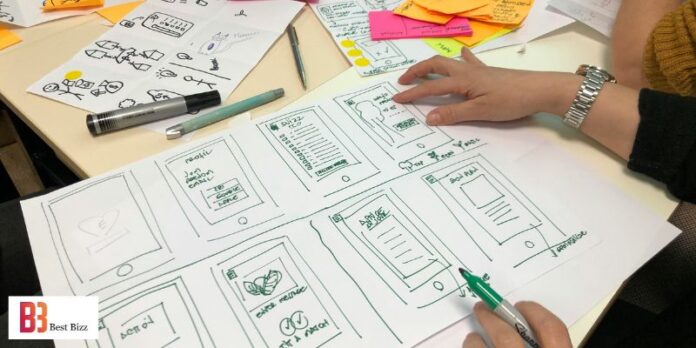In human-centered design, understanding users’ needs, behaviours, and contexts is crucial for creating intuitive and impactful solutions. One way of achieving this understanding is through the use of ethnography, a research method traditionally used in anthropology.
By observing people in their natural environments, designers can understand users and the underlying patterns that shape how they interact with products and services. At its core, ethnography offers a unique perspective on user experience that can help designers make more informed, empathetic, and effective design decisions.
Table of Contents
Ethnography in the Design Process
Ethnography can be applied at every stage of the design process, from research and ideation to prototyping and testing. Here’s how it plays a crucial role in each phase:
Research and Discovery
Ethnography is especially valuable during the research phase as it helps designers identify users’ pain points, routines, and cultural influences that shape their experiences. By observing users in their everyday contexts—whether at home, work, or within specific communities—designers gather insights that go beyond surface-level assumptions. These insights provide a solid foundation for the design process that can guide the team toward user-centered solutions.
Ideation and Concept Development
By understanding users’ cultural context and specific needs, designers can generate more relevant and meaningful ideas. Ethnography helps uncover latent needs that users may not explicitly express or verbalise, enabling the development and creation of solutions that address these hidden requirements.
For example, understanding how people interact with technology in a particular cultural context may lead to more intuitive interfaces or products that seamlessly fit into their daily lives. This may be based on language, age, education, or any other demographic that influences a cultural group.
Prototyping and Testing
During the prototyping phase, ethnography continues to be valuable as it provides real-world feedback on design concepts. By returning to the field with prototypes or early product versions, designers can observe how users interact with the designs in context.
Ethnographic testing offers a more dynamic and authentic understanding of useability, revealing how people engage with products in everyday environments. This allows for refining designs to ensure greater intuitiveness and ease of use.
Uncovering Hidden Patterns
One of ethnography’s primary advantages is its ability to uncover hidden patterns and cultural nuances that may otherwise go unnoticed. These subtle insights can have a profound impact on a design’s effectiveness. For example, in the design of healthcare products, observing how patients manage chronic illnesses at home may reveal unexpected challenges, such as the need for more accessible packaging or clearer instructions.
Ethnography also enhances empathy within design teams. By immersing themselves in the user’s world, designers can better understand the emotions, frustrations, and joys people experience when interacting with products. This empathy fosters the creation of more human-centered solutions that genuinely resonate with users.
Ethnography Enables Intuitive and Impactful Design
Ethnography’s contribution to human-centered design lies in its ability to connect designers directly with users in real-world contexts. At 42T, ethnography forms part of the main approach throughout the product design development. The insights gathered from ethnographic research facilitate the creation of more intuitive products that align with users’ natural behaviours and needs. This leads to designs that meet functional requirements and provide meaningful, culturally informed experiences and user-centered outcomes.




